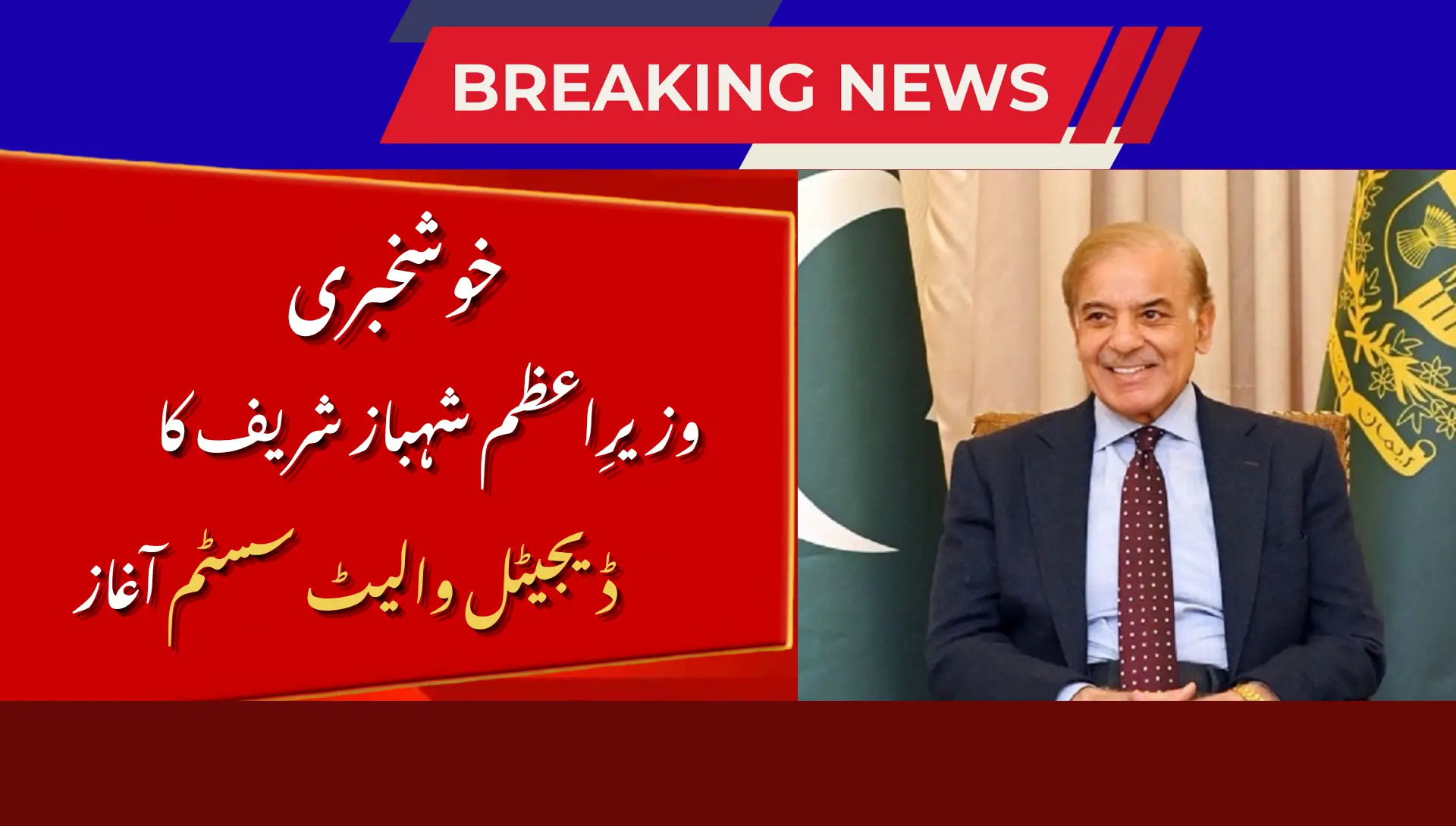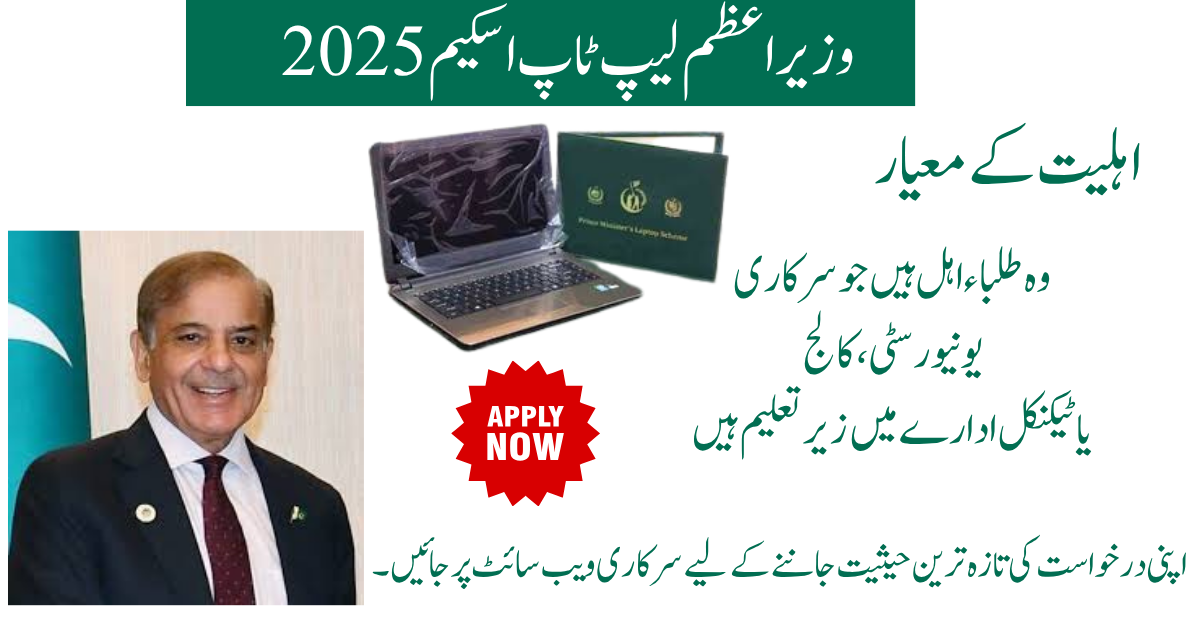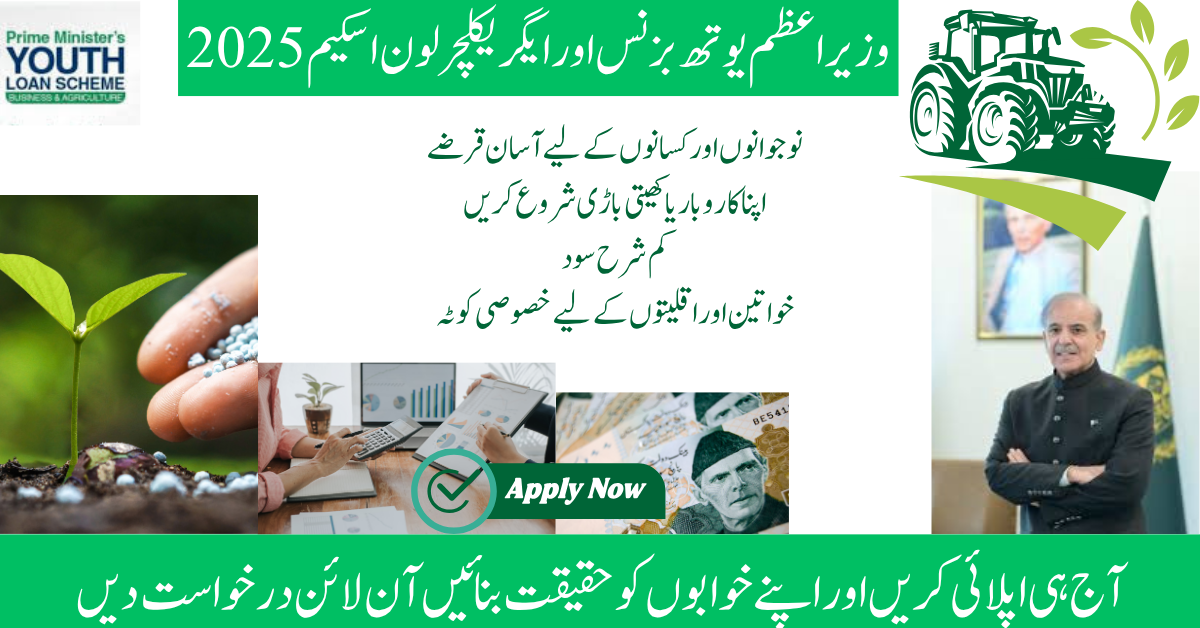Prime Minister Shehbaz Sharif Launch Digital Wallet System 2025 & Pakistan’s Cashless Revolution. The “Digital Wallet System 2025” has been launched by Shehbaz Sharif, offering Pakistan a bold leap into a cashless and digitally inclusive economy. This article explains what the Digital Wallet System is, why it matters, how it works, and what it means for citizens, businesses and the country at large.
What is the Digital Wallet System 2025?
The Digital Wallet System 2025 is a national initiative designed to enable citizens, from large businesses to small shopkeepers, to send and receive payments digitally via QR codes or mobile wallets directly linked to bank accounts.
It supports government-to-person (G2P) payments, person-to-merchant (P2M) transactions, and is a core piece of Pakistan’s journey toward a cashless economy.
Key Features
- QR-based payments for everyday spending (groceries, fuel, street-vendors).
- Linkage of mobile wallets with bank accounts and national ID (CNIC) for traceability.
- Inclusion of government programmes via digital disbursements (e.g., social assistance).
- Financial inclusion of previously unbanked citizens, including women and rural populations.
Why the Name “2025”?
The year “2025” signifies the target horizon by which Pakistan aims to have a significant shift to digital payments, aligning with global fintech standards and domestic reform goals.
Why Pakistan Needed a Digital Wallet Revolution
Pakistan has historically had a high ratio of physical cash in circulation, limiting transparency, traceability and formal sector growth.
Cash vs Digital: The Big Picture
- Physical cash circulating gives rise to undocumented transactions, tax-leakage and informal economy growth.
- According to prior estimates, a large portion of money supply in Pakistan remains in cash form (about 27%).
- Digital payments bring transparency, faster settlement, less fraud and greater financial inclusion.
Strategic Imperatives
- Boosting tax-collection and financial accountability.
- Empowering SMEs and e-commerce firms via digital onboarding.
- Reducing cost and risk associated with cash-handling (for merchants, banks, government).
- Extending digital services to women, rural areas and the informal economy.
Prime Minister Shehbaz Sharif’s Vision for a Cashless Pakistan
In his official launch of the digital wallet programme for Benazir Income Support Programme (BISP) beneficiaries, Shehbaz Sharif described the move as a “historic milestone” on Pakistan’s path to a cashless economy.
He emphasised that every transaction should be traceable and every citizen should be empowered through digital inclusion.
Launch Highlights
- 10 million digital wallets for BISP beneficiaries have been launched.
- A biometric verification system to prevent identity theft is built-into the wallet rollout.
- Free SIM cards distribution to support initial mobile connectivity.
- Integration of conditionalities (education, health) with welfare payments.
Implications for Governance & Economy
- Enhanced efficiency in social-protection programmes.
- Stronger oversight, reduced corruption and improved national revenue.
- Acceleration of digital literacy and behavioural change toward non-cash payments.
How the Digital Wallet System Works
This section explores the practical mechanics of the system and how users, merchants and government integrate.
User-Side Flow
- A citizen opens a digital wallet (mobile/app) or links an existing mobile wallet/bank account.
- The CNIC and mobile number are verified (often with biometric support).
- The wallet gets linked to a unique QR code or digital ID.
- The user can scan a merchant QR or pay via mobile to another wallet/bank account.
- Transactions are logged, traceable, and immediate (P2P, P2M, G2P).
Merchant & Business Flow
- Merchants are onboarded digitally, issued QR codes to accept payments.
- Consumers scan the merchant QR and pay instantly—no cash needed.
- Settlement via bank systems or digital wallet platform with minimal delay.
- For SMEs, this enables easier access to digital finance, credit history, and formalisation.
Government & Financial Infrastructure
- The platform uses established rails such as Raast (Pakistan’s instant-payment system) to settle transactions in real time.
- The State Bank of Pakistan (SBP) and banks collaborate to regulate and onboard institutions under this scheme.
- Data collected allows for better policy-making, fraud prevention and financial oversight.
Key Benefits of the Digital Wallet System 2025
The following table summarises major benefits for citizens, businesses and the state:
| Benefit | Impact on Stakeholder |
|---|---|
| Transparency | Reduces undocumented cash transactions |
| Ease of Payments | Enables fast, contactless QR payments |
| Financial Inclusion | Brings unbanked citizens into the system |
| Business Growth | Encourages SMEs & e-commerce |
| Security | Lowers risk of theft, counterfeit, fraud |
| Tax Efficiency | Improves national revenue & reduces corruption |
Experts estimate that by end of 2025, more than 70 % of domestic payments could shift to digital channels.
Challenges & Considerations
While promising, the digital wallet transition also comes with risks and implementation hurdles.
Digital Literacy & Access
- Many citizens—especially in rural and remote areas—may lack smartphones, internet access or digital skills.
- Specialized digital literacy programmes will be required for women, seniors and underserved groups.
Infrastructure & Trust
- Reliable connectivity, interoperable bank/wallet platforms and robust cyber-security are essential.
- Building trust in digital systems takes time, especially for cash-dependent sectors.
Regulatory & Privacy Risks
- Handling citizen financial data raises privacy, security and consent issues.
- Regulators must ensure compliance with financial-crime, data-protection and consumer-rights standards.
Transition from Cash
- Informal economy, street vendors and small merchants may resist moving away from cash.
- Incentives and subsidies may be needed to accelerate adoption.
What This Means for Citizens, Merchants & the Economy
For Citizens
- Easier access to government payments, subsidies and welfare via digital wallet.
- Ability to pay digitally at merchants, taxis, fuel stations—reducing dependency on cash.
- Financial inclusion opens doors to banking, savings and digital credit.
For Merchants & SMEs
- Reduced cash-handling costs, improved record-keeping and access to digital finance.
- Formal onboarding enhances business credibility and opens new market channels.
- Payment data unlocks credit-history, digital marketing and growth potential.
For the Economy
- Increased formal transactions, better tax-base, fewer leakages.
- Stronger fintech ecosystem, investment potential and global alignment.
- Greater resilience in crisis (pandemics, lockdowns) when payments are digital.
Timeline & Roll-out Strategy
While earlier frameworks mentioned huge subsidies (e.g., Rs. 3.5 billion) and target dates (Sept 2024–June 2025) for QR-payments in past announcements, the current rollout accounts show early phase launching (10 million wallets) in August 2025 for BISP beneficiaries.
Next phases will likely extend across provinces, neighbourhood merchants, SMEs, agriculture and e-commerce sectors.
FAQs
Q1: What is the Digital Wallet System 2025?
A: It’s a national digital payments initiative launched by Prime Minister Shehbaz Sharif to enable QR-based, mobile-wallet and bank-linked cashless transactions across Pakistan—targeting both everyday payments and social welfare disbursements.
Q2: Who can use the digital wallet?
A: All Pakistani citizens with a mobile phone and CNIC can be onboarded. Merchants (small and large) are also being enrolled to accept QR payments, including via the BISP rollout.
Q3: What benefits will citizens see?
A: Quick, cash-free payments; easier access to government subsidies; financial inclusion (bank/wallet link); safer transactions and participation in the digital economy.
Q4: What about security and data privacy?
A: The system involves biometric/CNIC verification, regulated banks and financial services. Users should check app-permissions, ensure official wallet providers, and follow best practices such as strong passwords and trusted devices.
Q5: When will full adoption occur?
A: Reviewers project the majority of payments could go digital by end of 2025, as infrastructure and adoption scale. Early rollout already underway via BISP and mobile-wallet platforms.
Conclusion
The Digital Wallet System 2025 marks a pivotal moment in Pakistan’s economic transformation. Under Prime Minister Shehbaz Sharif’s leadership, this initiative lays the foundation for a truly cashless, inclusive and transparent financial ecosystem. From everyday payments at the street-vendor to welfare disbursements and SME onboarding, the shift is underway.



















